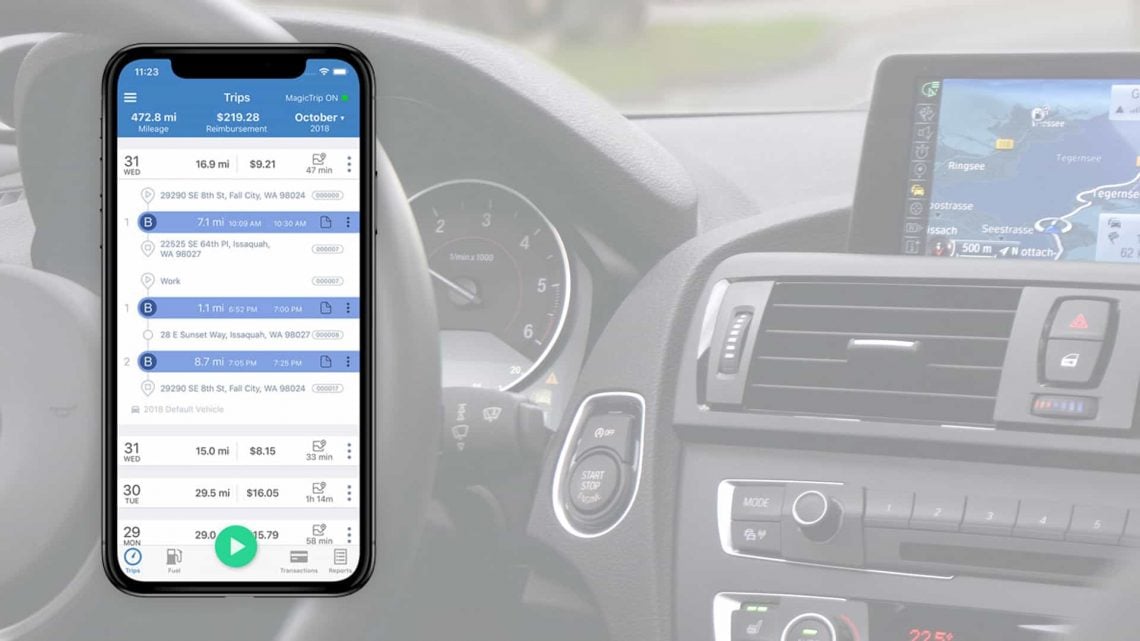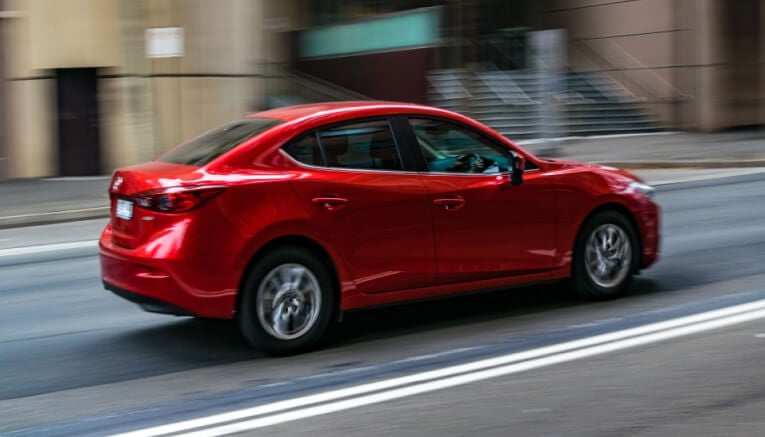A massive financial issue that companies, employees, rideshare drivers, contractors, entrepreneurs, and freelancers should be keeping an eye on, is the IRS mileage rate for 2021. While there is no published version of the said rate for 2021 yet (57.5 cents for 2020), the yearly mileage reimbursement rate comes in quite handy for organizations, as it helps them determine the best way to reimburse employees.
Determining the mileage rate is also a great way for people to find out which mileage rate to add when filing taxes. For those who do not know, the mileage rate reimbursement rates were never supposed to be a company’s reimbursement rate by the IRS.
On the contrary, they came into existence to serve the role of a cap for organizations. Simply said, any money given to employees over this rate essentially becomes taxable income.
Related: Remote Work Expense Reimbursement Requirements Explained
For steering clear of this problem, employers can recompensate around the rate per mile. For example, the rate during 2019, used to be around 58 cents for every mile.
Therefore, sole proprietors would be wise to utilize the same rate whenever calculating the expenses of running small businesses, which may also include driving for a transportation company like Uber.
Are you preparing for the 2021s reimbursement rate? If the answer is yes, consider keeping the following things in mind.
The IRS Mileage Rate for 2021
In case you do not know about the IRS mileage deduction rate, familiarizing yourself could go a long way. There is a high possibility that you know it by another name. However, the rate will essentially be the biggest amount an organization can provide its workers per mile, without paying the reimbursement’s taxes.
Determining Mileage Rates – What are the Indicators
Several indicators can help determine the right mileage rates. Let us discuss some of the most common ones that companies resort to.
Vehicle Maintenance and Costs
After the downsizing and bankruptcy of most rental car businesses, the prices for used vehicles reduced considerably. Also, it is worth keeping in mind that the rates of used automobiles do not impact mileage rates.
Related: Google Maps Mileage Tracking Explained
That said, with the low new vehicle inventory recently, the prices for used cars are slowly increasing. This shows that the rates of new automobiles will not face a massive impact.
According to some reputable valuations, the prices for new vehicles increased only by 2.5 percent during September 2020. After that, however, they remained mostly flat, which indicated supply-related challenges, among other issues.
There is no denying that the automobile maintenance industry experienced a massive decline during the lockdown, it is slowly but surely bouncing back and may raise prices to ensure they catch back up to their growth targets.
Insurance Rates
The seemingly everlasting increase of insurance rates is something that everyone knew would happen with the passage of time. However, things took an unexpected turn when those rates finally began to drop, for obvious reasons.
The amount of people traveling reduced significantly. This meant that traffic would be lower, drivers would be less distracted, and there will be a smaller number of accidents. That said, the slight decrease in insurance rates will not play a massive role when deciding the mileage rate for 2021.

Fuel Trends
It would be safe to say that oil experienced arguably the rockiest year compared to others. Sure, the news was not as widespread as other events, mainly because it got buried under other headlines.
Nevertheless, there were several contributors that led to this rocky season, and one of them was the pandemic. It impacted the economy globally, significantly decreasing business and personal mileage.
However, problems were brewing long before the pandemic as OPEC+ AND Russia were in a long production standoff without any clear winner. According to speculations, the reason for this standoff was to capture market shares.
Related: 7 Ways Uber & DoorDash Drivers Can Save on Gas in 2022
However, it was likely from the perspective of supply and demand. There was a lot of oil, but the need was surprisingly low. What’s more, business mileage activity still remains lower than the pre-pandemic levels, as we head in the fourth quarter and the same foes for fuel demands.
Although the oil surplus and the pandemic were 2020s atypical assets, their impacts could carry onto 2021 and be massive determinants for the IRS mileage rates. There seems to be no end to the pandemic in the United States, or anywhere else for that matter.
In addition, several indicators suggest that business activity may not come back to where it was before the pandemic until summer 2021. Since industries like tourism and travel have a massive impact on fuel consumption, it may take some time to match the previous year’s oil surplus.
Predicted IRS Mileage Rates for 2021
Although we are a few months away from the official announcement, everything that happened during this year points towards a decrease. However, there is nothing to indicate whether the decrease will be minimal or substantial so far.
Getting Ready for the IRS Mileage Rate 2021 – What Can Your Company Do
Does your organization reimburse employees? If the answer is yes, reconsidering that approach may be a wise choice for the following reasons:
- Maintenance and fuel costs are specific to areas. Therefore, reimbursing every employee at the same rates, or giving them similar lump sums would be wasteful and quite unfair
- The correct cents per mile reimbursements could be lesser than the IRS’ mileage rate, and that is how it should be. Why? Because the mileage rate provided by IRS is mostly there as a guide. Therefore, if you reimburse above the rate and you will have to pay taxes for the reimbursements. It would be best if you considered a mileage rate beneficial for your company and is employees
- Using the Internal Revenue Service mileage rate for reimbursements tends to result in high reimbursements for high mileage drivers and low reimbursements for low mileage drivers. Try searching for a fair option for each employee as it may also offer effective cost control.
- Among every vehicle program option, the FAVR (fixed and variable rate) reimbursement could be the perfect fit as it accounts for variable and fixed vehicle costs.
The upcoming IRS mileage deduction rate for 2021 is arguably the most anticipated one due to the events that happened in 2020. Needless to say, organizations should prepare themselves to weather the storm, making sure they can operate without too much hassle.
Related: Fixed and Variable Rate (FAVR) Reimbursement Explained
To learn more about how company mileage tracking and mileage reimbursement can help save your business money, try out our mileage reimbursement calculator or schedule a complimentary live web demo today.









